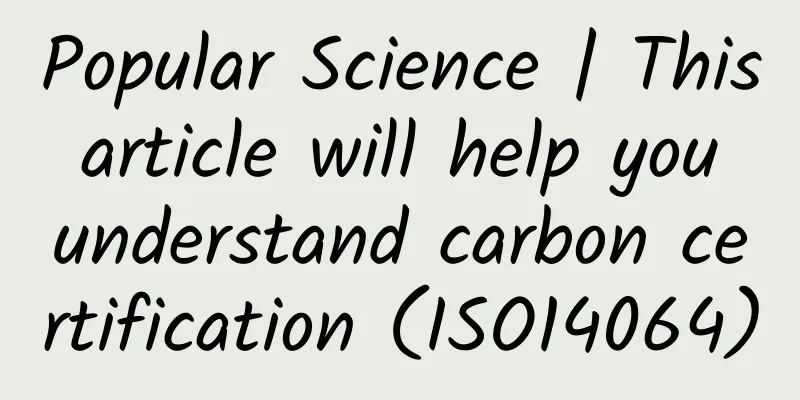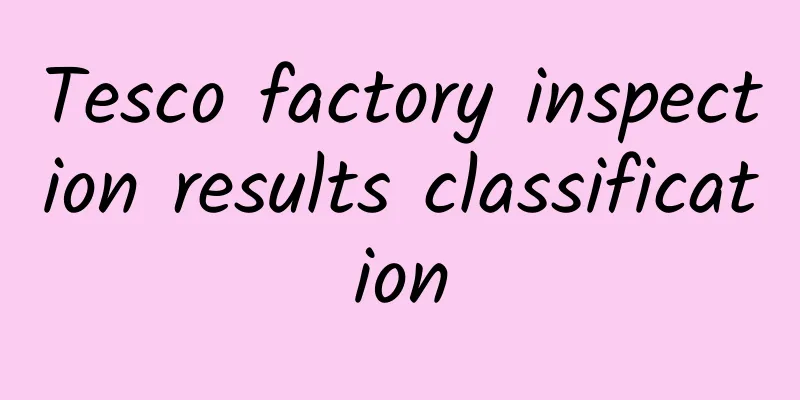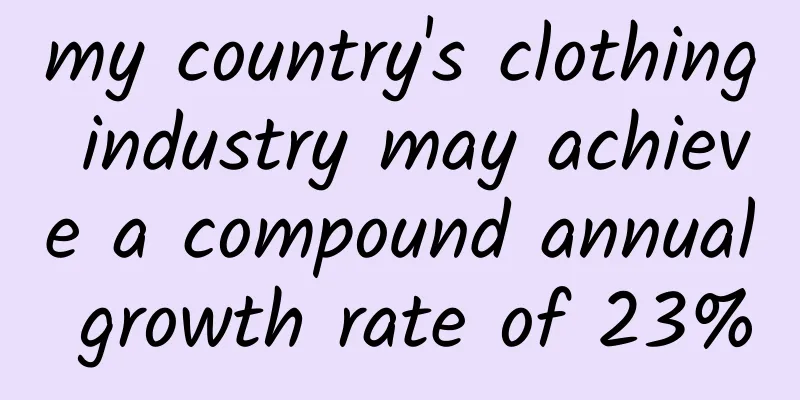Popular Science | This article will help you understand carbon certification (ISO14064)

|
Background: Why was the ISO14064 standard established? From the Kyoto Protocol in 1997 to the Paris Agreement in 2015, and then to the Katowice Climate Change Conference in Poland in 2018, in the face of the increasingly severe global warming problem, countries around the world have also taken measures to control greenhouse gas emissions. On March 1, 2006, the International Organization for Standardization (ISO) released the greenhouse gas emission standard ISO 14064. As a practical tool for quantification, reporting and verification of greenhouse gases, ISO 14064 is used by companies to quantify, report and control greenhouse gas emissions and elimination. Today, the ISO 14064 standard has long been widely recognized by the international community as a basic standard and has become a risk assessment standard for suppliers by many institutions and brand industry supply chains. In my country, faced with the huge total energy consumption and carbon emissions in the country, the Chinese government has stated that it will incorporate carbon emissions as a binding indicator into the medium- and long-term plans for national economic and social development. What is the role of ISO14064? On March 1, 2006, the International Organization for Standardization released the ISO14064 standard. This standard specifies the best international greenhouse gas information and data management, reporting and verification model. Organizations can use standardized methods to calculate and verify emission values to ensure that the measurement method of 1 ton of carbon dioxide is the same anywhere in the world. This makes the calculation of emission statement uncertainty uniform around the world. Greenhouse gases mainly include: carbon dioxide (CO2), methane (CH4), nitrous oxide (N2O), sulfur hexafluoride (SF6), perfluorocarbons (PFCS), hydrofluorocarbons (HFCS), etc. Benefits of ISO14064 certification for enterprises 1) Increase the disclosure and transparency of emissions data, including the extent to which reduction targets are being achieved, to increase the confidence of stakeholders, such as shareholders and acquirers; 2) As a basis for evaluating and resetting reduction targets; 3) As a basis for internal greenhouse gas emission reduction management in enterprises, to improve the management of greenhouse gas information, processes and data within enterprises; 4) It is a necessary process for greenhouse gas emissions trading. Where can ISO 14064 be applied? Corporate risk management: such as identifying and managing risks to opportunities; Voluntary actions: such as joining voluntary GHG registration or reporting initiatives; GHG market: the buying and selling of GHG allowances and credits; Reporting is required by law, regulation or government authority, such as credits obtained for proactive actions, negotiated agreements, or national reporting systems.
|
<<: How to perfectly connect with the new amfori BSCI platform?
>>: FSC forest certification, why choose Shanghai Chaowang?
Recommend
How much eBay commission do I need to pay? How can I reduce eBay commission?
eBay's selling fee is also called the categor...
How is Shanghai Lingju? What products and services does Shanghai Lingju have?
How about Shanghai Lingju? LinkJoint is a technol...
How is the AEO Division of China Certification and Inspection? What are the advantages of the AEO Division of China Certification and Inspection?
How about China Certification and Inspection AEO ...
The latest TESCO quality factory audit requirements
Regardless of the customer's factory inspecti...
Introduction to the analysis of the customs clearance form for outbound/inbound goods~
What is the import/export cargo clearance form? C...
Newbalance Safety and Health Audit Checklist
1. Factory acceptance certificate, fire acceptanc...
How is Youjiang Education? What services does Youjiang Education provide?
How about Youjiang Education? Youjiang Education ...
Quikr - the Indian version of 58.com
What is Quikr? Quikr is one of the largest online...
What is UnSplash? What features does this version of UnSplash have?
What is UnSplash? UnSplash: Free HD wallpaper sha...
What is FirstCry? What are the characteristics of FirstCry?
FirstCry, a maternal and infant e-commerce compan...
2016 WRAP Certification Latest Guidelines
WRAP is reviewing its social responsibility certi...
How to view other people’s Shopify stores?
Recently, many people have asked how to find othe...
Jiangsu's minimum wage standard will be adjusted next month, rising to 1,770 yuan in first-class areas
On the 19th, the reporter learned from the Jiangsu...
A way out for traditional textile and garment export enterprises
Focus on both international and domestic markets ...
AVE Factory Inspection ID Card Inspection Guidelines - AVE Certification
AVE Factory Inspection ID Card Inspection Guidelin...









